We have much more to do and your continued support is needed now more than ever.
Top 10 Wild Ways to Stay Cool
From polar bears to squirrels, wildlife all have their own ways of beating the wilting summer heat without cranking up the air conditioning. With these cool tips in mind, you can cool down naturally and curb your carbon footprint, even in the hottest months of summer.
Take a Swim
Going swimming or taking a cool bath can take the edge of the heat quickly. Polar bears are known to take a swim to cool down, including this polar bear in the Beaufort Sea off the coast of Alaska, who lives on land in the summer. Whether walking on land or on ice, these well-insulated bears easily become too warm. Sadly, in the spring and fall the polar bears in Alaska are also forced to swim longer and longer distances to find the ice they need to hunt for seals.
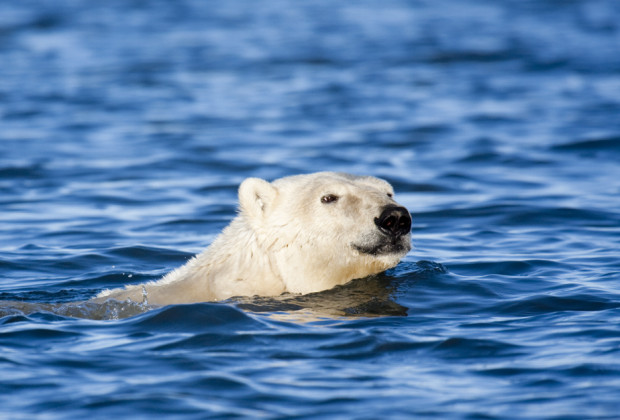
Stay Hydrated
Keep drinking plenty of water, and make sure that birds (and other wildlife!) can stay well hydrated as well by providing them with a shallow bird bath and fresh water.
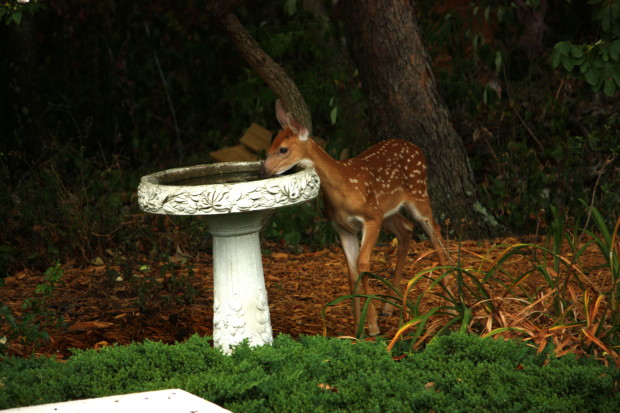
Plant Shade Trees
Large shade trees around your home can reduce money spent on air conditioning by up to 50%! Trees are important for wildlife, like this Baltimore Oriole. When it is hot outside, animals can find a cool refuge under trees without being away from their food.
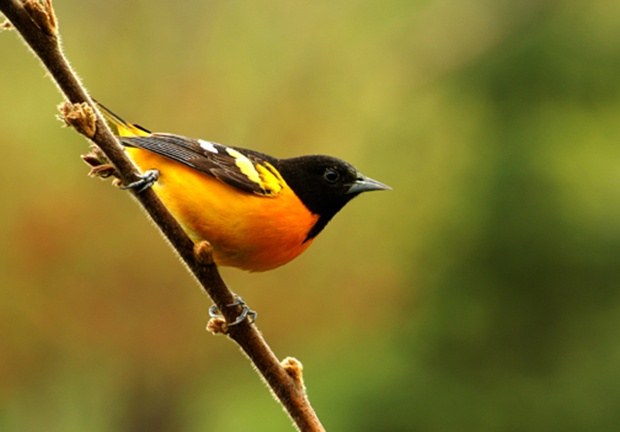
Create Cool Air Currents
You may not be able to soar up to cooler air currents like this vulture, but you can create a nice breeze with a fan. Placing a fan in your open window at night is especially useful to stay cool when sleeping.
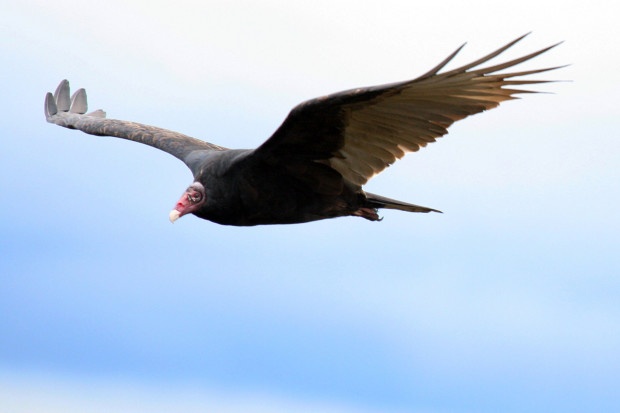
Switch to Summer Clothes
Just like black bears lose much of their thick underfur in the summer, you can change into summer threads that help keep you cool. Opt for single layers of loose, light colored, natural fabric. Or, try covering up completely with loose natural fabric clothing when you are out in the hot sun. The loose fabric can shade your skin and keep you cool, especially in dry heat.

Avoid the Hottest Hours
In the heat of the day, follow the lead of lizards and snakes that sun themselves in the warm morning sun, then seek cooling shade in the heat of the afternoon. No need to fan yourself—moving while you feel hot can just make you hotter. Instead, wait until the evening to be active.
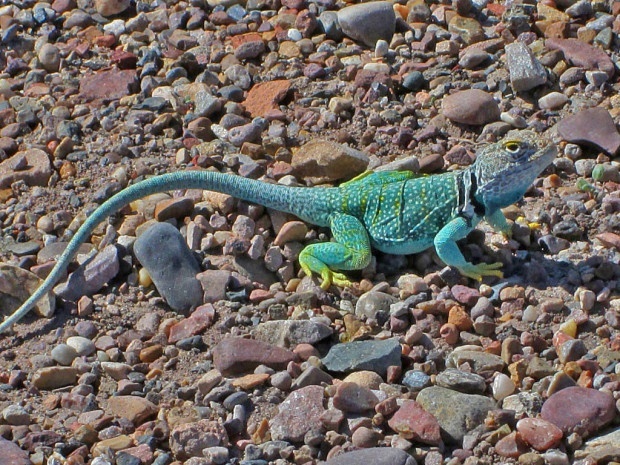
Javelinas, also known as peccaries, living in the hot Southwestern deserts have long known that they can stay cool by rolling in the mud. If you don’t want to get muddy, you can soak a t-shirt or even just your soak sleeves in water. Ring out the fabric, and put on the damp shirt. Then, turn on a fan become really cold, really quickly.

Chill off Your Bed
This squirrel lounging on cool stones has the right idea. You can cool off your bed by putting your bedding in the coolest part of the house during the day. Some people even stash their pillow in the freezer (with a bag over it to keep off ice crystals) until bedtime. A cold compress behind your neck or knees works well, too.
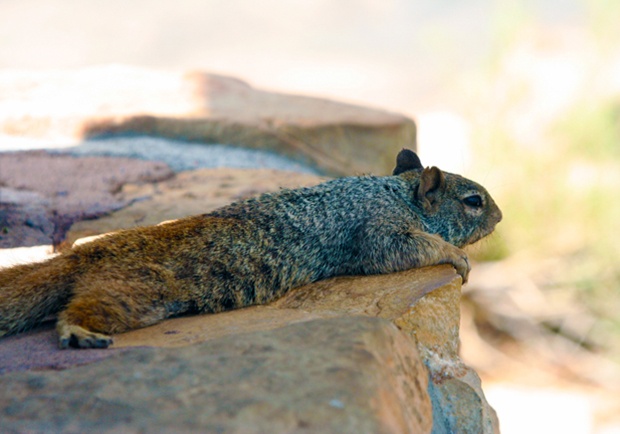
Insulate Your Home
In may sound counterintuitive, but wolves and many dogs stay cool thanks to their summer coat of fur acting as a layer of insulation. A layer of insulation can help homes stay cool, too. Doing an energy audit on your home can help you learn how to insulate, ventilate, and update your home to stay its coolest.
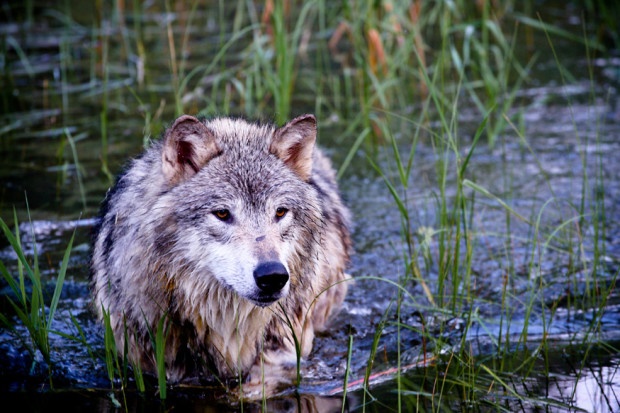
Use the Earth’s Coolness
Kit foxes are some of the only large mammals that burrow into the earth to take refuge from the heat of their desert habitat. To tap into the earth to cool your house, check out geothermal systems that use the consistently cool temps below ground to keep house cool while using much less electricity than air conditioning. Or, you could try going into a basement or ground level of your house and lying near the floor.
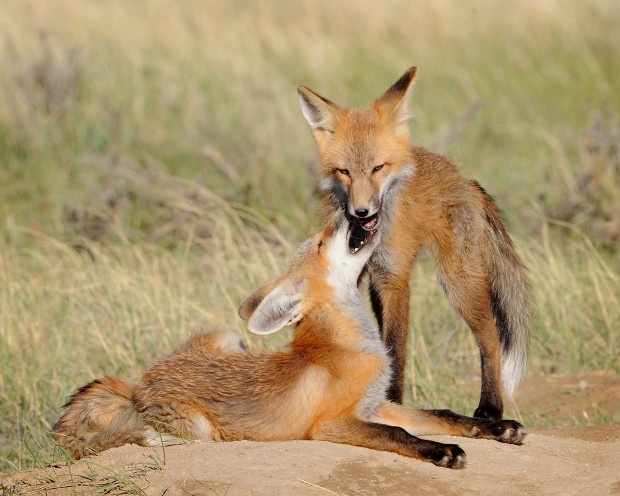
Cutting Climate Pollution for Polar Bears
Right now, most of our electricity comes from burning fossil fuels like coal, which create carbon pollution that is driving climate change.
Curbing our own electricity use is an important action we can take to protect polar bears’ future. At the same time, you can help make positive change on a national scale by promoting clean energy sources and fighting for strong limits on big polluters like coal-fired power plants.
![]() Speak up for wildlife—urge the President, the Environmental Protection Agency, and your members of Congress to support action on climate change.
Speak up for wildlife—urge the President, the Environmental Protection Agency, and your members of Congress to support action on climate change.





















